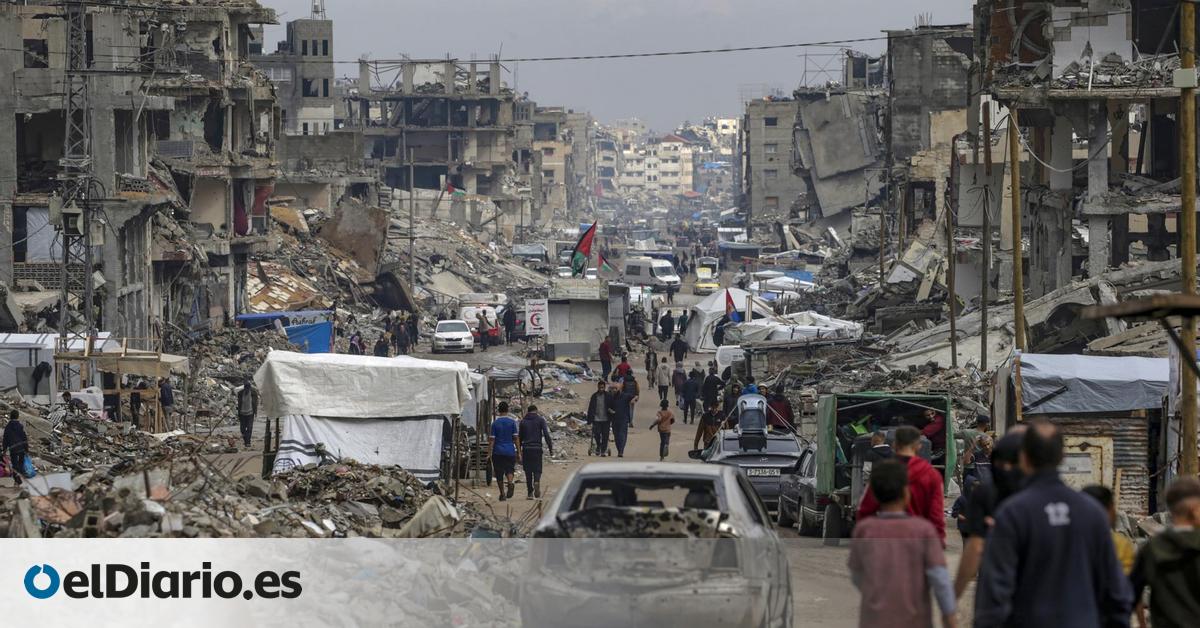
The United States is planning the long-term division of the Gaza Strip into two parts: a “green zone” under Israeli and international military control, where reconstruction would begin, and a “red zone” that would be left in ruins.
Foreign forces will initially deploy alongside Israeli soldiers in eastern Gaza, leaving the devastated strip divided by the current Israeli-controlled “yellow line,” according to US military planning documents seen. The Guardian and sources informed about US plans.
“The ideal would be to leave everything as it was, right? But that’s ambitious,” says a US official, who spoke on condition of anonymity. “It’s going to take some time. It’s not going to be easy.”
How the US plan divides Gaza
The US military’s plans raise serious questions about Washington’s commitment to turning the ceasefire announced last month into a lasting political agreement with the Palestinian government in Gaza, as promised by Donald Trump.
Plans for the future of Gaza have changed at a dizzying pace, reflecting a chaotic and improvised approach to resolving one of the world’s most complex and difficult conflicts and providing aid, including food and shelter, to two million Palestinians.
First line of withdrawal of Israeli troops in Gaza
GRAPHIC: IGNACIO SÁNCHEZ. SOURCE: MAP SHARED BY PRESIDENT DONALD TRUMP

First line of withdrawal
Israeli troops in Gaza
GRAPHIC: IGNACIO SÁNCHEZ.
SOURCE: MAP SHARED BY PRESIDENT DONALD TRUMP
After weeks in which the United States promoted reconstruction in the form of fenced camps for small groups of Palestinians, called “alternative safe communities” (ASC), those plans have been abandoned last week, according to this same US official.
“That is a snapshot of a concept that was raised at a certain time,” said the US official, who added that “they have already left that idea behind.”
Humanitarian organizations, which have repeatedly expressed serious concern about the CSA model, said on Friday that they had not yet been notified of this change in plans.
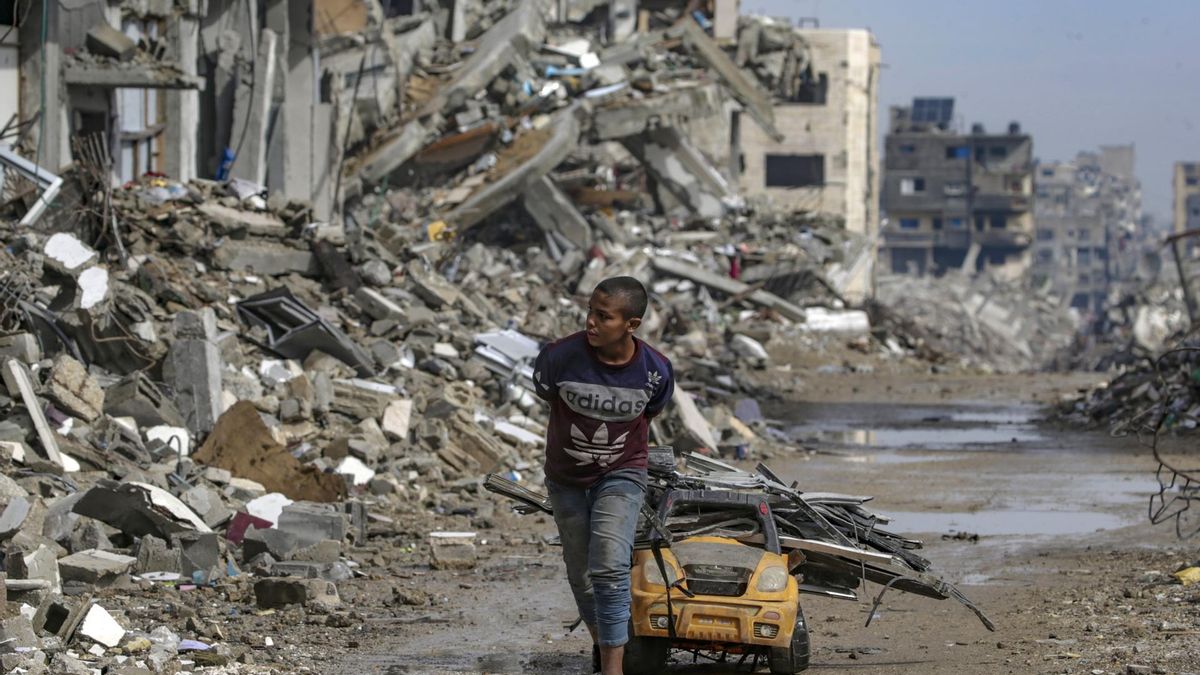
Without a viable plan for an international peacekeeping force, the withdrawal of Israeli troops and large-scale reconstruction, Gaza risks falling into limbo after two years of devastating war.
Mediators have warned of a situation that is “not war, but not peace” in a divided Gaza, with regular Israeli attacks, an entrenched occupation, no Palestinian self-government and limited reconstruction of Palestinian homes and communities.
The creation of an international stabilization force (ISF) underpins Trump’s 20-point “peace plan.” The United States hopes that a draft UN Security Council resolution giving this force a formal mandate will be approved early next week and hopes that concrete details about the troop commitment will be released.
“The first step is to get it [la resolución]”Says the US official. ‘Countries are not going to make a firm commitment until they see the text that has been approved.’
Trump has ruled out sending US military on the ground to pave the way for the Israeli withdrawal, just as he has refused to fund reconstruction. “The United States has made it very clear that it wants to establish the vision and not pay for it,” says a diplomatic source.
From north to south: this is how Israel has devastated the Gaza Strip
Map of the destroyed or damaged buildings since the start of the war in the Gaza Strip in the first, second, third month of war, in 2024 and 2025
First month
Gaza City
Jan Yunis
Rafah
Urban areas
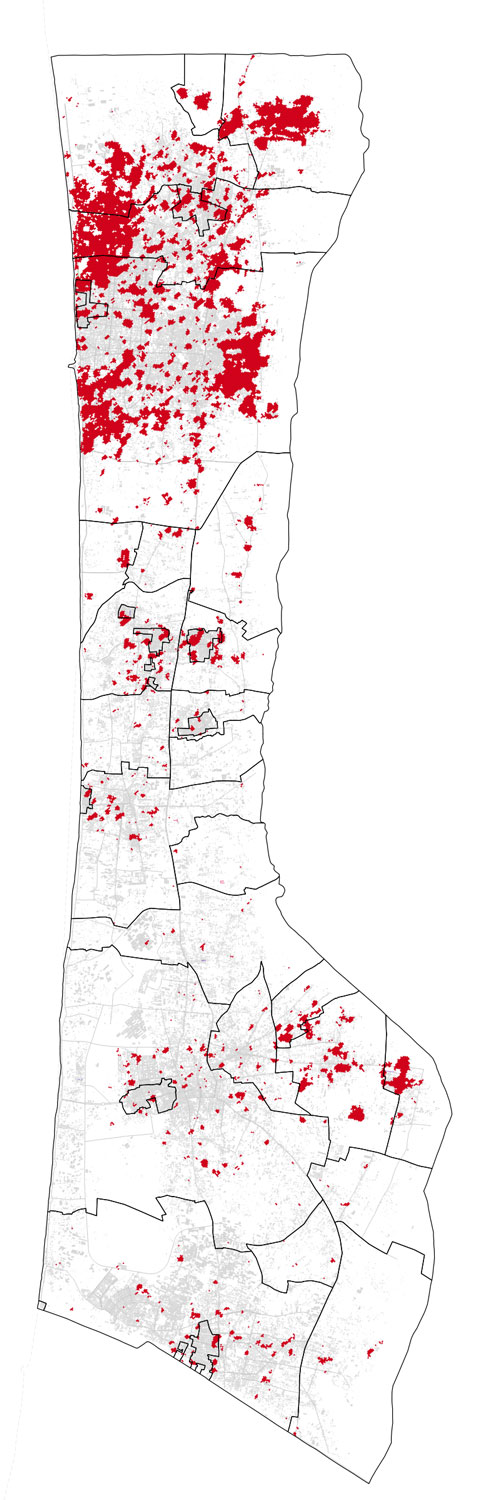
Until Dec-2023
Destroyed buildings
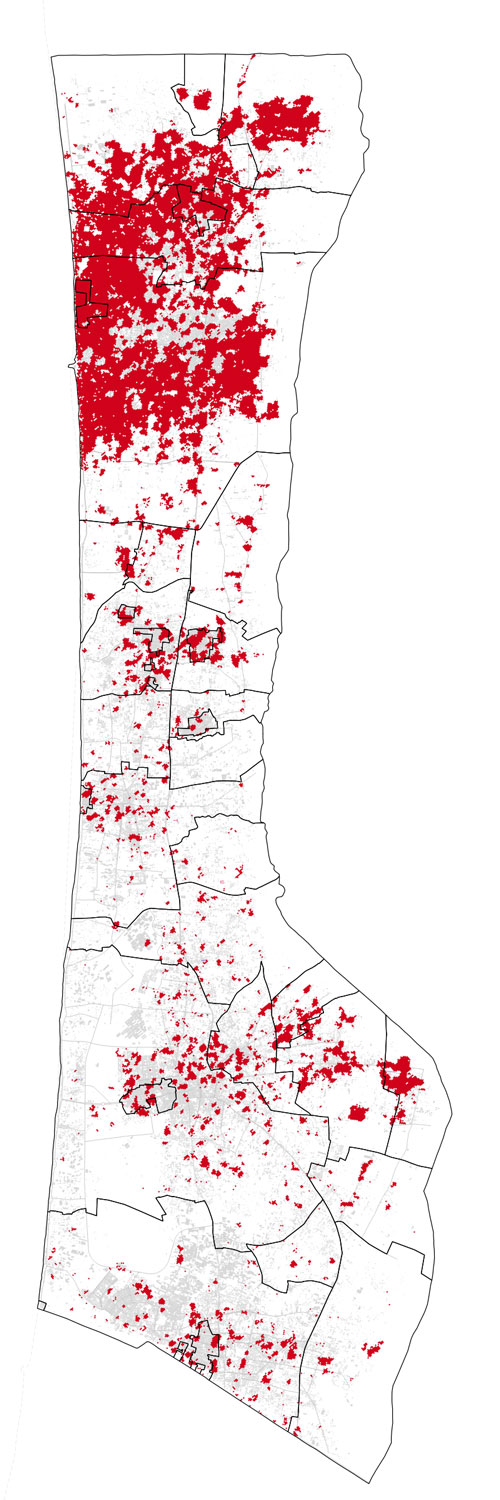
Until Jan-2024
Gaza City
Jan Yunis
Rafah
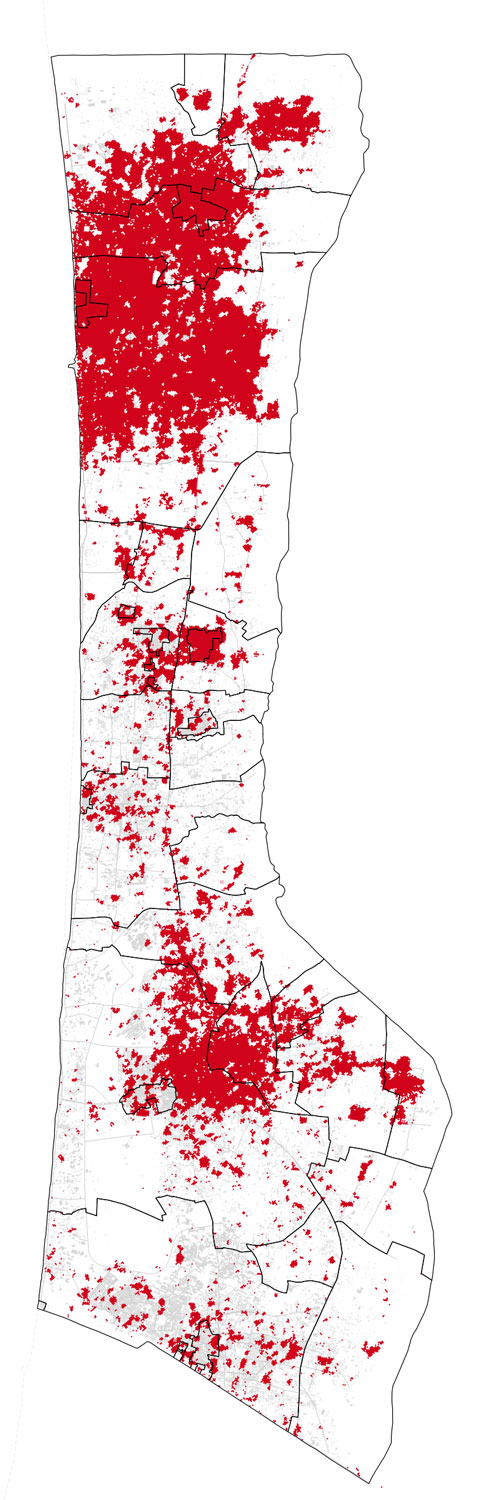
Until Sep-2024
Buildings destroyed in one year
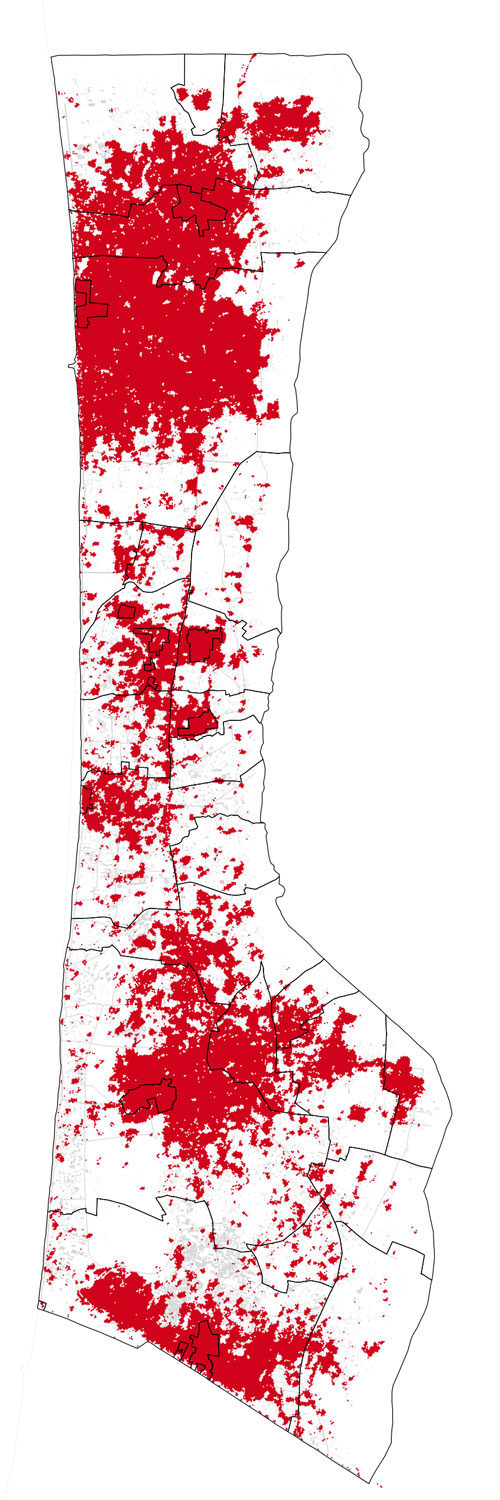
Until Aug-2025
Gaza City
Jan Yunis
Rafah
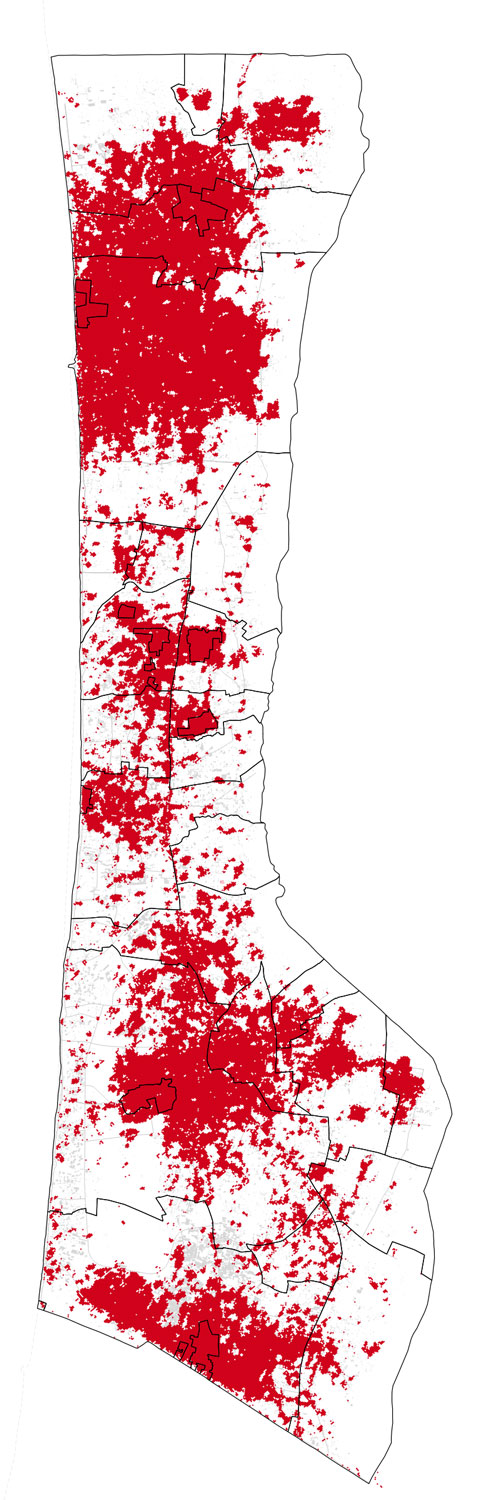
Source: Damage analysis from Copernicus Sentinel-1 satellite images and data by Corey Scher, CUNY Graduate Center, and Jamon Van Den Hoek, Oregon State University
Earlier this month, the US military’s regional command (Centcom) drew up plans to place European forces – including hundreds of British, French and German soldiers – in the core of the ISF, documents seen show The Guardian.
These include up to 1,500 UK infantry soldiers, with experience in bomb disposal and military medicine, and up to a thousand French soldiers who would be responsible for road clearance and security.
The United States also wanted the participation of troops from Germany, the Netherlands or the Nordic countries to take charge of field hospitals, or logistics and intelligence work.
One source calls these plans “delusional.” After long missions in Iraq and Afghanistan, very few European leaders would be willing to risk the lives of their soldiers in Gaza, although they have committed to providing other types of support. Only Italy has openly offered a possible troop contribution.
The documents were marked “unclassified,” suggesting that the United States does not consider these military plans to be very sensitive, and they have apparently collided with reality in a matter of days.
A US official defends that the figures set out in the documents contain “many inaccuracies” and that Washington did not expect European troops to form the core of the ISF. He also added that planning for Gaza is progressing rapidly.
“It’s very dynamic. It’s very fluid,” the US official acknowledged. “There are only a few people who really understand and have their hands on the helm of this situation.”
Jordan was listed as a possible contributor of hundreds of light infantry soldiers and up to 3,000 police officers, even though King Abdullah has explicitly ruled out sending troops because his country is “too close politically” to Gaza.
More than half of Jordanians are of Palestinian descent and agreeing to guard the territory’s ruins in coordination with Israeli forces would be a hugely unpopular threat to Jordan’s national security.
Until Thursday, the U.S. military expected critical military contributions from a generously broad group described as “NATO and its partners,” which included countries in Europe, Asia and the Middle East.
The US “concept of operation” for the ISF specifies that troops will serve “only in the green zone.” The United States expects the deployment to “start on a small scale” in a limited area with a few hundred soldiers, then slowly expand to reach a total force of 20,000 troops throughout the Strip.
It would not operate on the western side of the “yellow line,” where Hamas is reasserting its control. “It’s not going to come out [de la zona verde]“said the US official.

Another document lays out plans for foreign soldiers to guard crossings along the line of control established by Israel after “integrating” with Israeli forces stationed along it, a mission likely to alarm potential troop-contributing countries.
These countries are wary of situations where they are caught in the crossfire between Hamas and Israeli soldiers, and borders are often potential flashpoints. They also fear giving rise to accusations that the ISF is supporting the Israeli occupation of Gaza.
The Israeli Army will “consider the conditions for withdrawal” at a later stage, when international security has been established, according to the plan, which does not establish any timetable.
The reunification of Gaza is part of a process to “move toward stabilization and lasting peace and the transition to civilian government,” the US official says, but adds that it was impossible to set a date for that to happen.
Trump’s 20-point plan describes a new Palestinian police force as “the long-term internal security solution” for Gaza, but American planners have assigned it only a limited role. The scheme foresees an initial complement of 200 recruits, which will be expanded over the course of a year until reaching a force of between 3,000 and 4,000 agents, which is equivalent to only a fifth of the planned security deployment.
The reconstruction
American military planners also see reconstruction within the “green zone” as part of a nebulous path toward Gaza reunification, convincing Palestinian civilians to cross the Israeli line of control.
“As things progress and the conditions are created for significant progress in reconstruction, civilians in Gaza will move there and begin to prosper,” the US official says. “People will say, ‘Hey, we want that,’ and it will evolve in that direction. Nobody is talking about a military operation to force it.”
However, even demarcating a “green zone” in Gaza risks drawing comparisons with Iraq and Afghanistan, where the expression became synonymous with American military failures.
In Baghdad and Kabul, green zones were enclaves surrounded by concrete blast barriers, into which Western forces and their local allies retreated to escape the violence their mission had unleashed on surrounding communities.
The plan to use humanitarian aid to attract the population of Gaza to an area under Israeli control, after two years of a war considered genocidal by the UN commission, is reminiscent of other disastrous US policies in those conflicts.
About a decade before the Taliban took Kabul, the United States claimed it was bringing a “government in a box” to southern Helmand to win over the civilian population. The province continued to be an insurgent stronghold.
Trump’s 20-point plan commits to the demilitarization of Palestinian factions in Gaza and an eventual Israeli withdrawal to a “security perimeter” cut out of Palestinian territory. This would be facilitated by the ISF and would allow reconstruction to begin “for the benefit of the people.” [de Gaza]”.
The need for reconstruction is urgent, as more than 80% of Gaza’s structures have been damaged or destroyed in the war, including almost all schools and hospitals, according to UN data.
More than a month after the start of the ceasefire, Israel continues to limit humanitarian aid shipments to Gaza. For example, by banning basic items, such as tent poles, which it classifies as “dual-use” because, it claims, they can be used for military purposes.
Nearly 1.5 million Palestinians are waiting for emergency supplies for shelters and hundreds of thousands more are living in tents without access to basic services such as clean water. Almost the entire population, more than two million people, crowds into the red zone, a strip along the coast that covers less than half of Gaza’s total area.
Translated by Alberto Órfão
Source: www.eldiario.es

